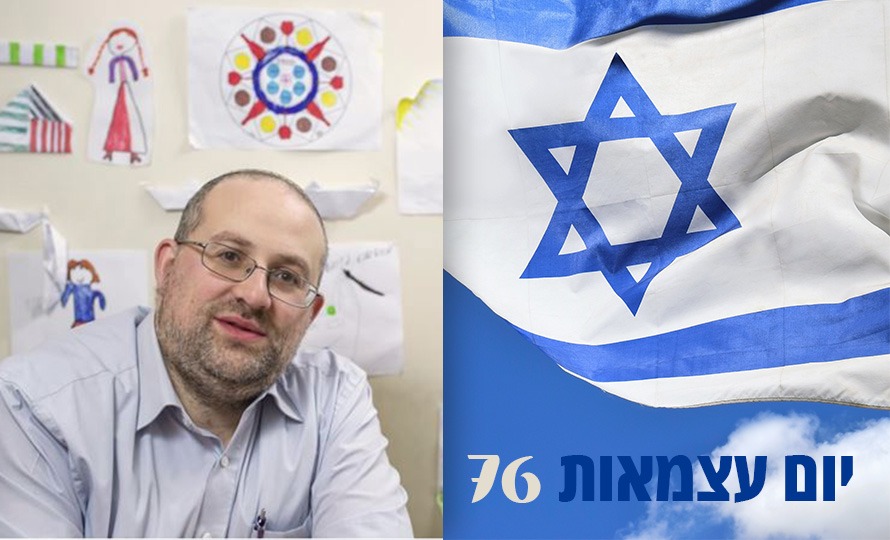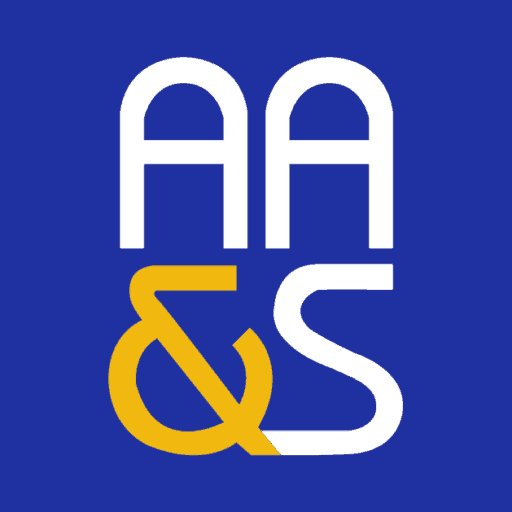Work for an Israeli Employer? Here’s How to Fill Out Your Form 101

Every year, each employee is required to complete a Form 101 for each place of employment and return it to the person in charge of salaries. Although this form should technically be filled out on January 1 (for continuing jobs), on a practical level it is sufficient to complete it before the January salary is processed.
If your employer doesn’t give you one, you can download a blank Form 101 from the tax office here.
Below is a short guide to filling in Form 101 for the 2018 tax year.
Section א
Employer’s details: This section will be completed by the employer.
Section ב
Employee Details: Including teudat zehut number, full name, aliyah date, birth date, address, telephone number, gender, marital status, returning citizen status, and health care provider.

Section ג
Children under 18: This section lists dependents under age 18 (born in 2000 or later), with space for up to 13 children. Mark column one if the child is under your supervision (i.e., they live with you). Mark column two if you receive child support from Bituach Leumi. Columns 3-5 cover name, teudat zehut number, and date of birth, and should match the details found in the sefach from the parental ID.

Section ד
Details of income from this employer: In the first box, mark the box for your work situation:
- Monthly salary משכורות חודש :
- Salary for another job: משכורת בעד משרה נוספת
- Partial salary: משכורת חלקית
- Shift work: שכר עבודה
- Pension: קצבה
- Scholarship: מלגה
The most common answers are monthly salary and pension.
Under תאריך תחילה:
- For continuing employment, put 01/01/2018
- For a new job, put the first date of work in 2018.

Section ה
Details of other income
This is probably the most important section of the form. It is imperative not to make a mistake here, especially if you have more than one employer.
If you have only one source of income, check the first box and nothing else.


Otherwise, check the second box down, and then check the type of other income that you have (as per section ד). You will then need to indicate as follows:
- First box: If you wish to designate this employer as your “main” employer (i.e., they treat your salary as if it’s the only one that you get – generally, the employer who is likely to pay you the most during the year), check this and move on.
- Second box: If this employer is not your “main” employer, check this. Please note that if you do not present your employer with a Teum Mas (see herefor further discussion), you will have tax deducted at 47% (or maybe even 50%).
- Third box: If you have a keren hishtalmut with your “main” or another employer, only check this if you are being fully taxed on the employer contributions (if in doubt, leave it blank). See herefor further discussion on this subject.
- Fourth box: If you have a pension fund and/or disability insurance with your “main” or another employer, only check this if you are being fully taxed on the employer contributions (if in doubt, leave it blank). See herefor further discussion on this subject.
If you have more than one employer, you may wish to seek help in filling this section out.
Section ו
Spouse’s details: Only relevant if you’re married.
Section ז
Changes during tax year: The most common change to report in this section of Form 101 is the birth of a child, marriage or divorce (i.e., in 2017).
Section ח
Tax credits: This is the second most important part of the form.
- Assuming you are resident in Israel, check the box.
- Check if you are disabled or blind, and have confirmation from the tax office to this effect.
- Check if you and your family live in a “development area” or “special yishuv.”
- Check if you are an Oleh Chadash /Katin Chozer (made aliyah in August 2014 or later).
- Check if spouse has no income and you are either disabled/blind (as in point 2 above) or have reached Israeli retirement age.
- To be checked by a single parent, provided that they are supervising at least one child and are receiving child benefit from Bituach Leumi for that child.
-
To be checked by mothers of children (who live with her) born in 2000 or later, or fathers who meet the criteria in point 6 above. Then fill in the number of children who meet the following criteria:
- Children born in 2000 or 2018
- Children born between the years 2013-2017
- Children born between the years 2001-2012
-
To be checked by fathers and mothers who do not meet the criteria in point 7 above. Then fill in the number of children who meet the following criteria:
- Children born in 2015 or 2018
- Children born in 2016 or 2017
- To be checked if you are supervising a child who only has one parent.
- Check if you are an unmarried parent of a child whom you are not supervising, but for whom you are providing monetary support. You must provide a court judgment to the tax office.
- Check if you are remarried and are paying alimony to your former spouse. You must provide proof of this to the tax office.
- Check if you are aged 16 or 17 as of January 1, 2018.
- Check if you have recently finished army or national service. Dates of start and finish should be provided, as well as documentary evidence to that effect.
- Check if you have finished an academic degree and/or professional qualification in prior years. Form 119 needs to be completed as well to ascertain how many credits you are eligible for.
Section ט
Teum Mas: Normally this is not filled in on Form 101, as you would go straight to the tax office to get a Teum Mas.
Section י
Declaration: Date and sign the form.









